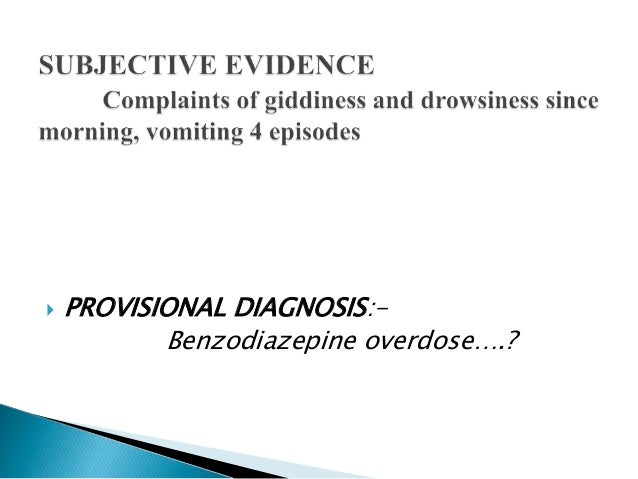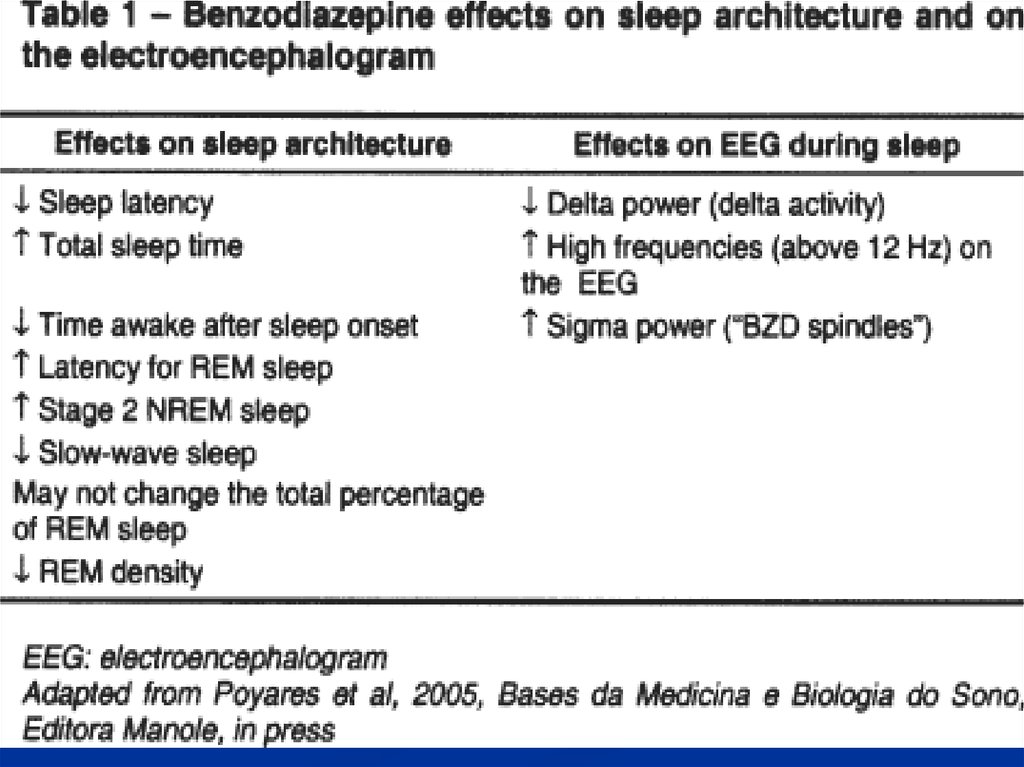


If someone does require naloxone & it is administered, assuming there is tranq in it-the individual is more likely to need rescue breaths to begin breathing again. It's an animal tranquilizer, not approved for humans due to severe central nervous system depression It is not an opiate, it does not respond to naloxone.Ĭan change the appearance of an overdose-people may be unresponsive but still breathing & if someone is breathing, they do not need naloxone. But, over the past two years, my friends and I launched our own harm reduction org and have been providing outreach and now wound care on the streets of a city in Pennsylvania severely impacted-think lots of unhoused individuals, open air drug sales etc. I am not an expert, there are no experts in this. We've been seeing the impacts of tranq since shortly after COVID started. Other treatments including aminophylline and MARS can be used when patients do not respond to flumazenil, but the patient is at increased risk of complications due to prolonged coma.As more people are impacted by tranq, I want to make sure to share what I’ve learned. Flumazenil administration should be withheld whenever complications start to develop. To prevent flumazenil complications, it should be given in small (0.1-mg) slow (every one minute) doses to a maximum of 3 mg. The patients should be selected with caution, and flumazenil should not be routinely administered to all patients referred with loss of consciousness. The physicians generally prefer to treat benzodiazepine poisoning conservatively mainly due to fear of flumazenil side effects.įlumazenil is a great antidote in special circumstances and populations including elderly patients, pregnant patients, those with background disorders, and crowded emergency departments or when the patient refers with grave loss of consciousness and needs a vast work-up. Pure benzodiazepine poisoning or co-ingestion is extremely common worldwide.


 0 kommentar(er)
0 kommentar(er)
